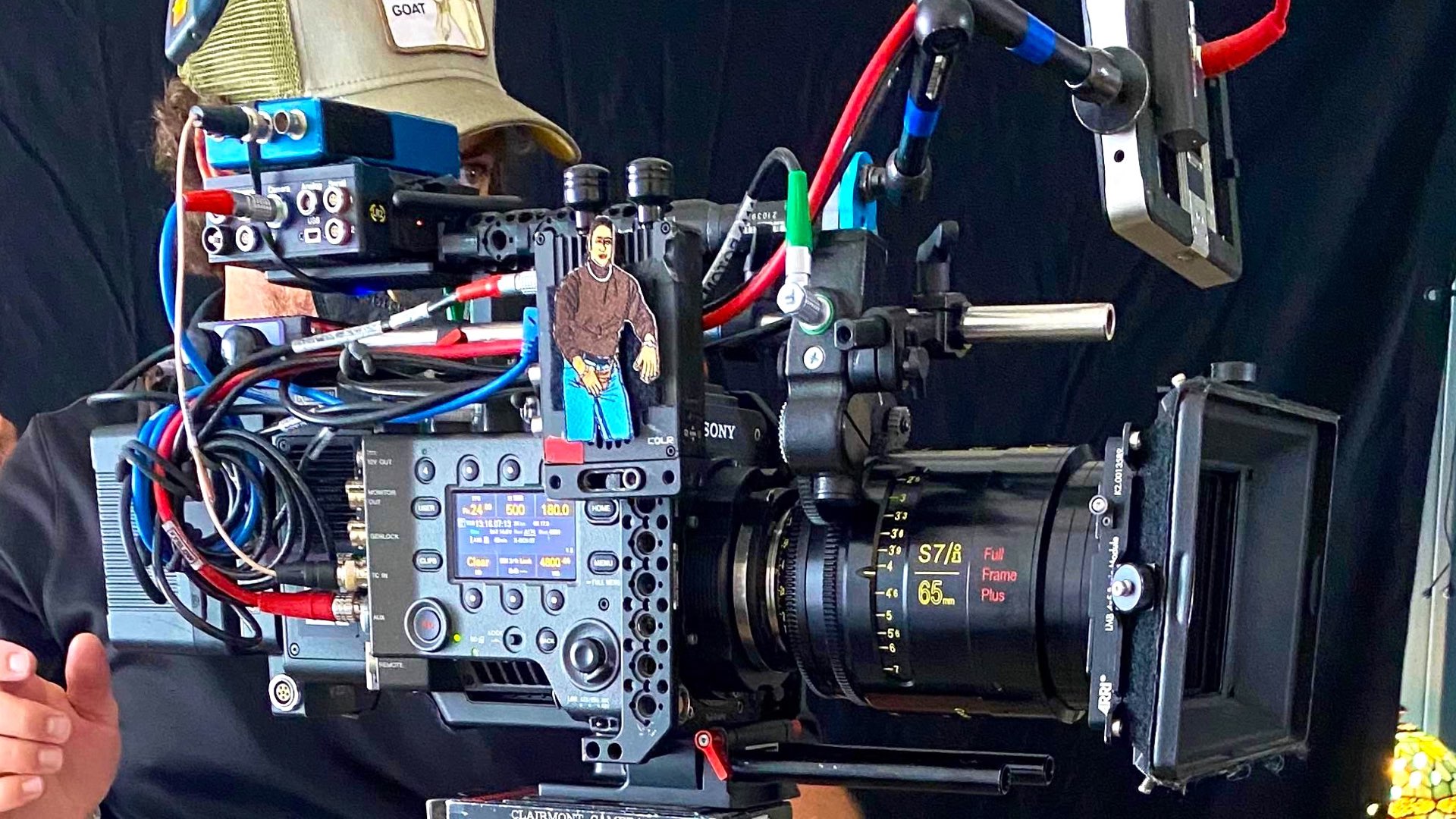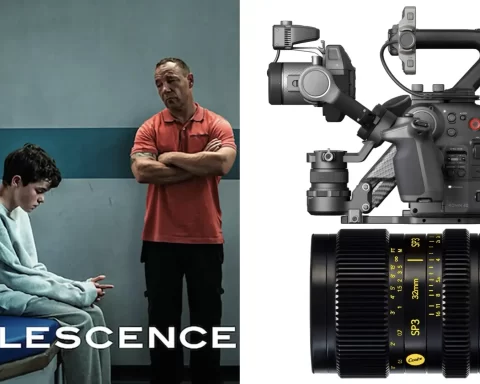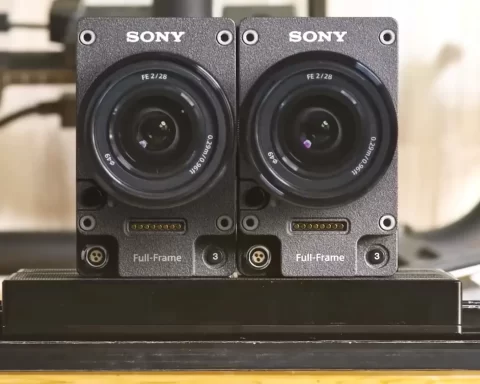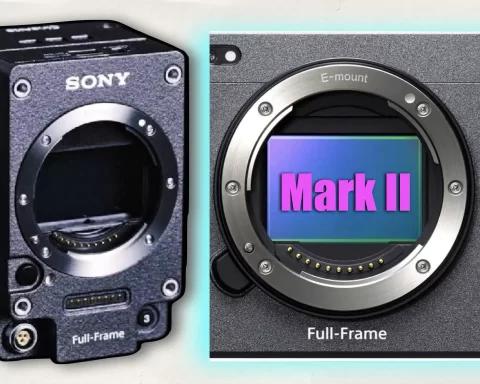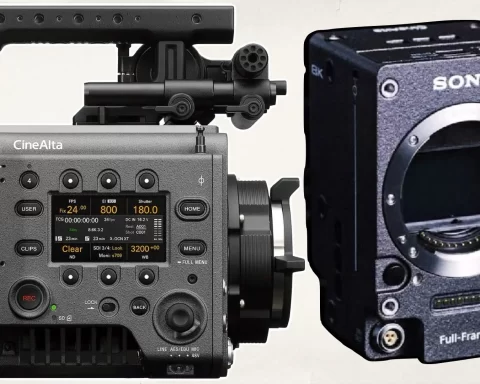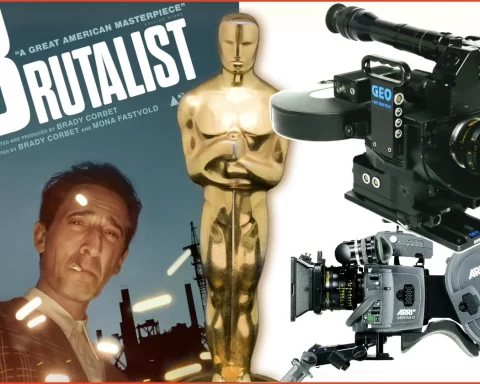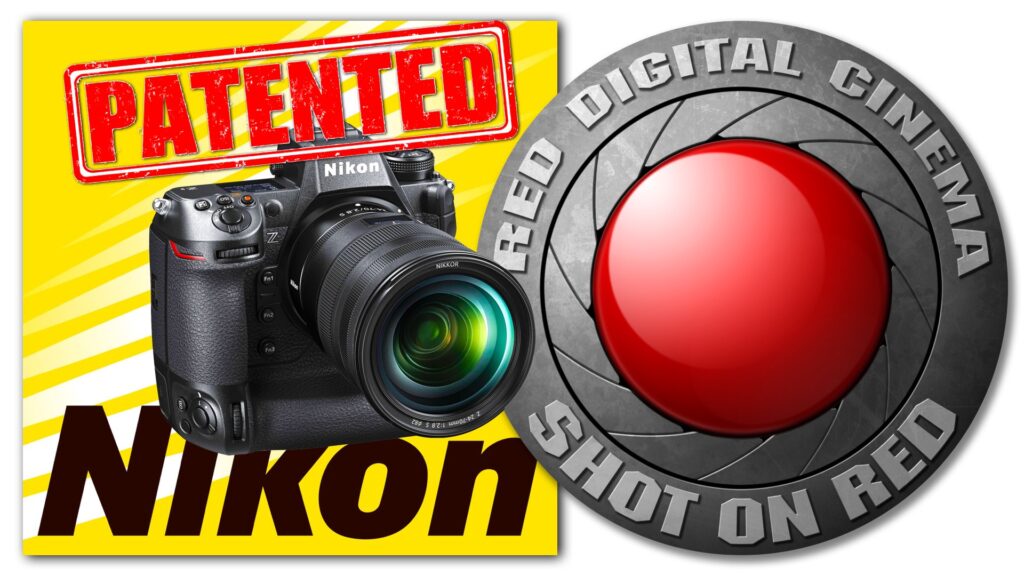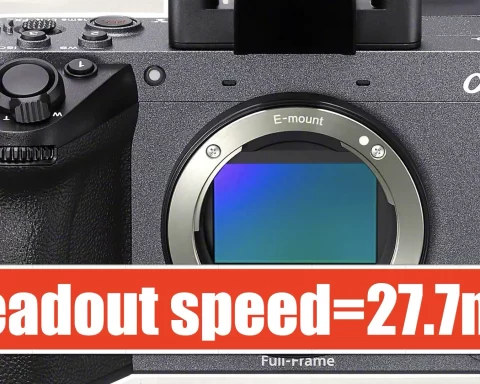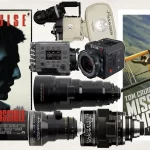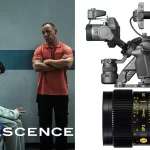Y.M.Cinema Magazine interviewed cinematographer Matt Sakatani Roe who shot the beautiful Netflix drama, Purple Hearts. Matt utilized the two models of the Sony VENICE paired with Cooke S7/i to get that dedicated, precise, yet conflicting mood. Read his insights below.
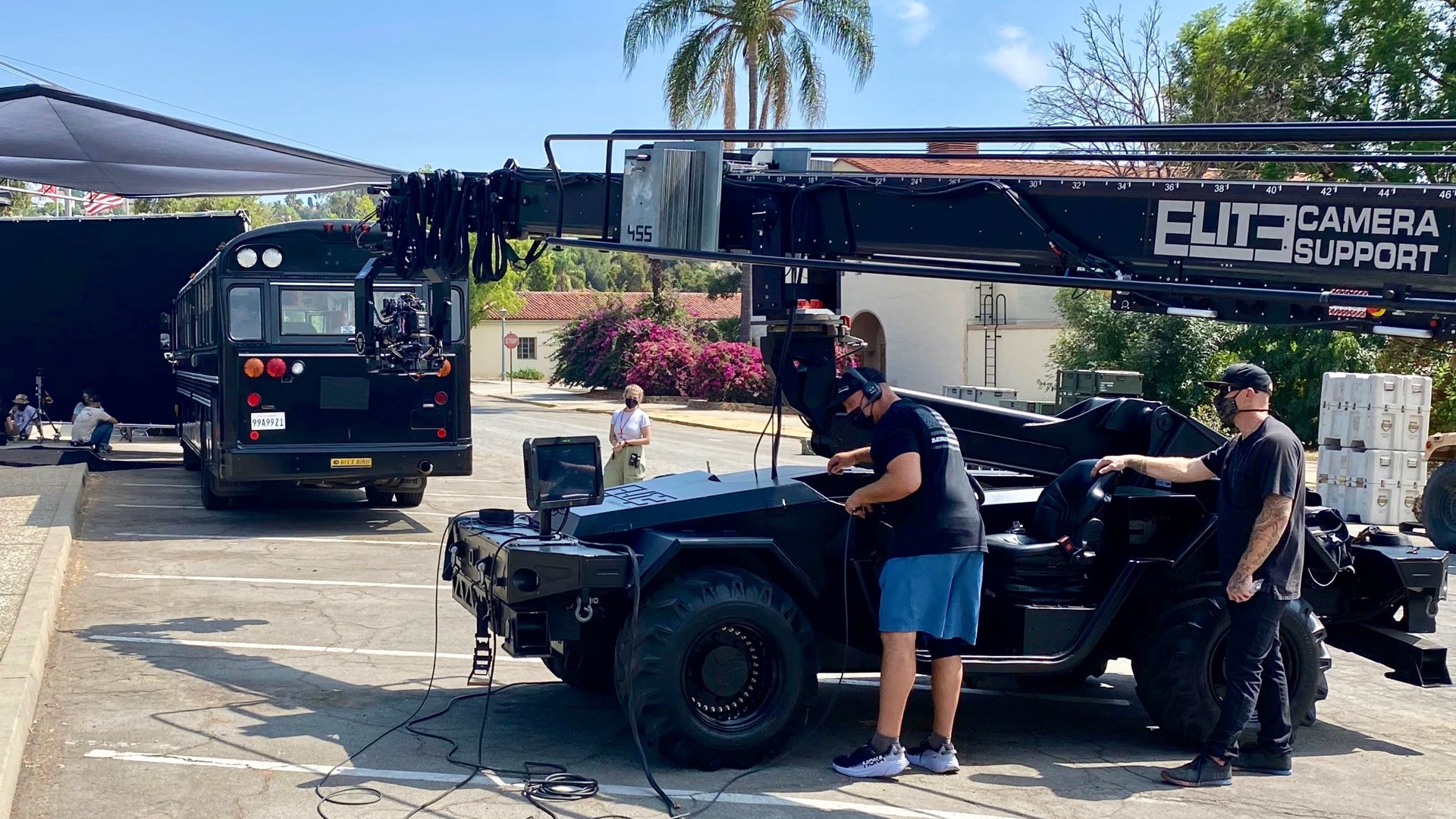
Netflix’s Purple Hearts
Purple Hearts follows the life of Cassie (Sofia Carson), an aspiring singer-songwriter dealing with diabetes, and Luke (Nicholas Galitzine), a troubled marine. They set a plan to marry to secure military benefits that will help them both. However, when tragedy strikes, the boundaries between real and pretend seem to blur. Purple Hearts premiered on July 29th on Netflix. Purple Hearts was shot by cinematographer Matt Sakatani Roe on the Sony VENICE and Cooke S7/i. We interviewed Matt regarding his cinematography approach, process, and what’s like to shoot for Netflix.
From commercials and shorts to Netflix
YMCinema: Please let’s know about you and your filmmaking career.
Matt: I started my career as an assistant for director Mark Pellington. Mark would have me shoot 2nd unit on all his projects, and he taught me so much about tapping into the depths of the psychological and creative process. After spending a few years doing commercials and videos, Elizabeth Allen Rosenbaum, the director of Purple Hearts, gave me my first break in the narrative. She took a chance on hiring me since I’d only shot a few shorts at the time. I’m incredibly grateful to be one of her trusted collaborators for the past six years.
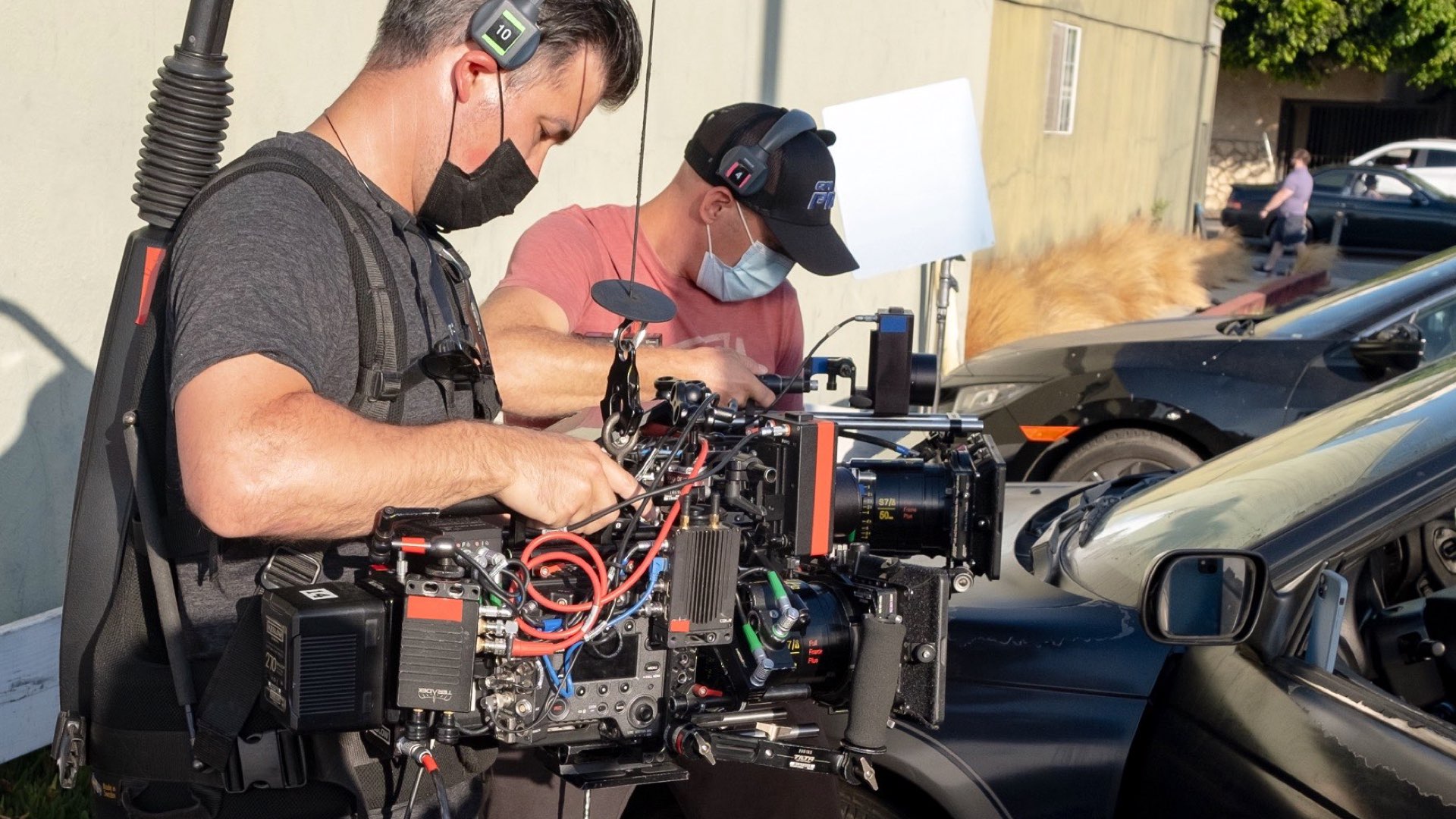
I think it’s extremely valuable for cinematographers to pitch their ideas successfully as we’re kind of like salespeople and our ideas and photography are the product.
The uniqueness of the Cooke
YMCinema: Please elaborate on the cameras and lenses used to shoot the project, and why did you choose to use them.
Matt: For the film Purple Hearts, we used VENICE 1 for principle photography and VENICE 2 for additional photography with Cooke S7 and Blackwing tribe 7 primes. I wanted the photography to be personal and subjective. This meant the operators would invade the characters’ personal space in the scene to experience their emotions and transmit those details to the audience. The cookes have a three-dimensional quality once they enter the close focus range on the glass. You could see all the emotional nuances of a face, but the skin was never overly sharp. I wanted the characters to look authentically beautiful and let the lighting show imperfections at times so we could ground ourselves in a real-world setting.
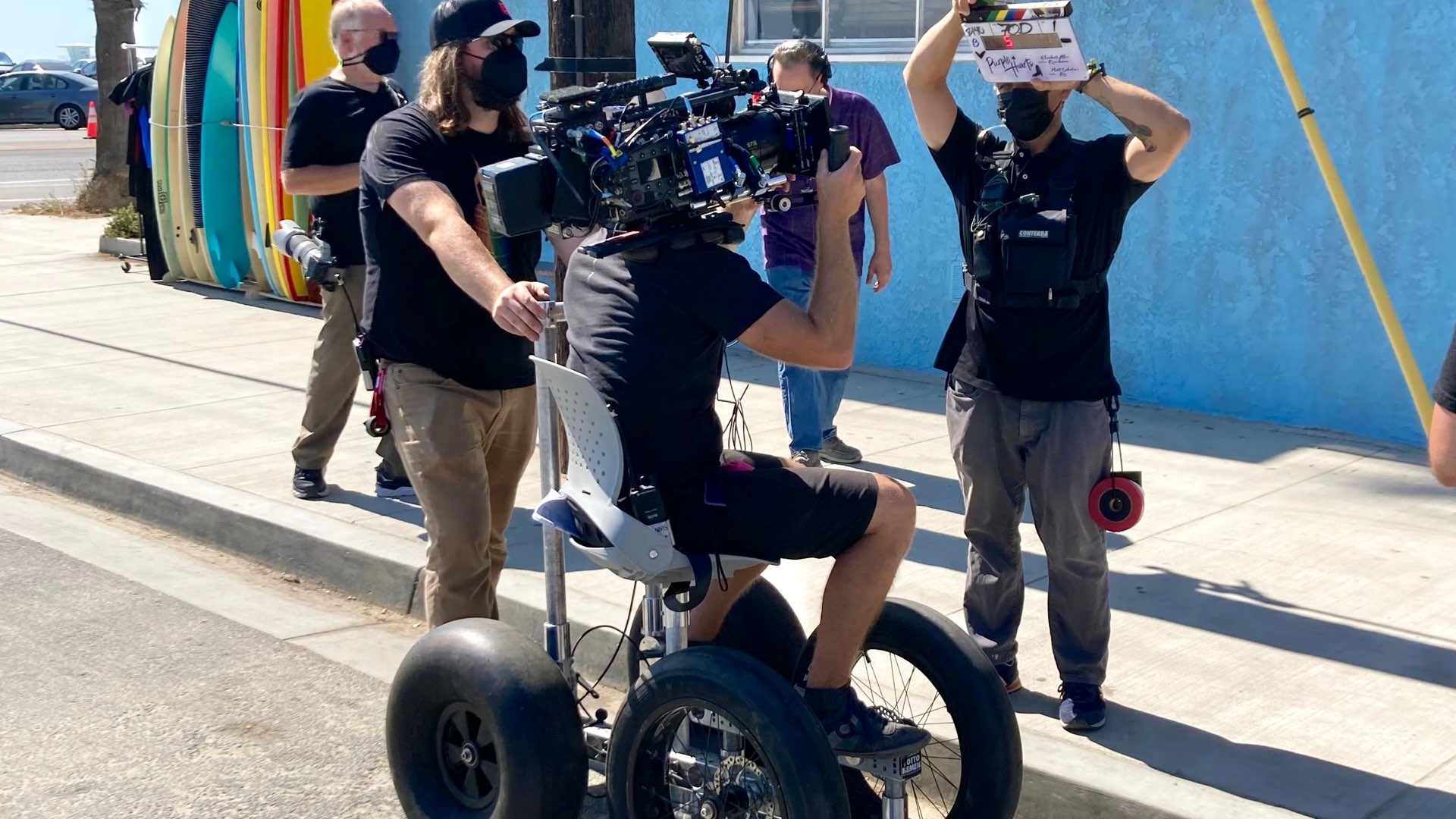
The cookes have a three-dimensional quality once they enter the close focus range on the glass. You could see all the emotional nuances of a face, but the skin was never overly sharp.
Shooting live concerts ‘inside’ a movie
YMCinema: What’re the main takeaways of shooting a live concert as an integral part of a movie?
Matt: Everything comes down to planning and communication when shooting a live event. We’re so used to calling cut and action on a movie set, but when you are documenting an event in real-time, your instincts kick in and you default back to your planning. We had three cameras covering the live Oceanside concerts in the film. Every operator had an assigned shoot list with story points to cover and look for. When Sofia was on stage performing as Cassie for the film, she would run the action while live performing so we could cycle and pick up the shots we needed to complete the sequence. Sofia performed live for a real audience while helping the operators navigate complicated blocking on a stage. It was amazing.
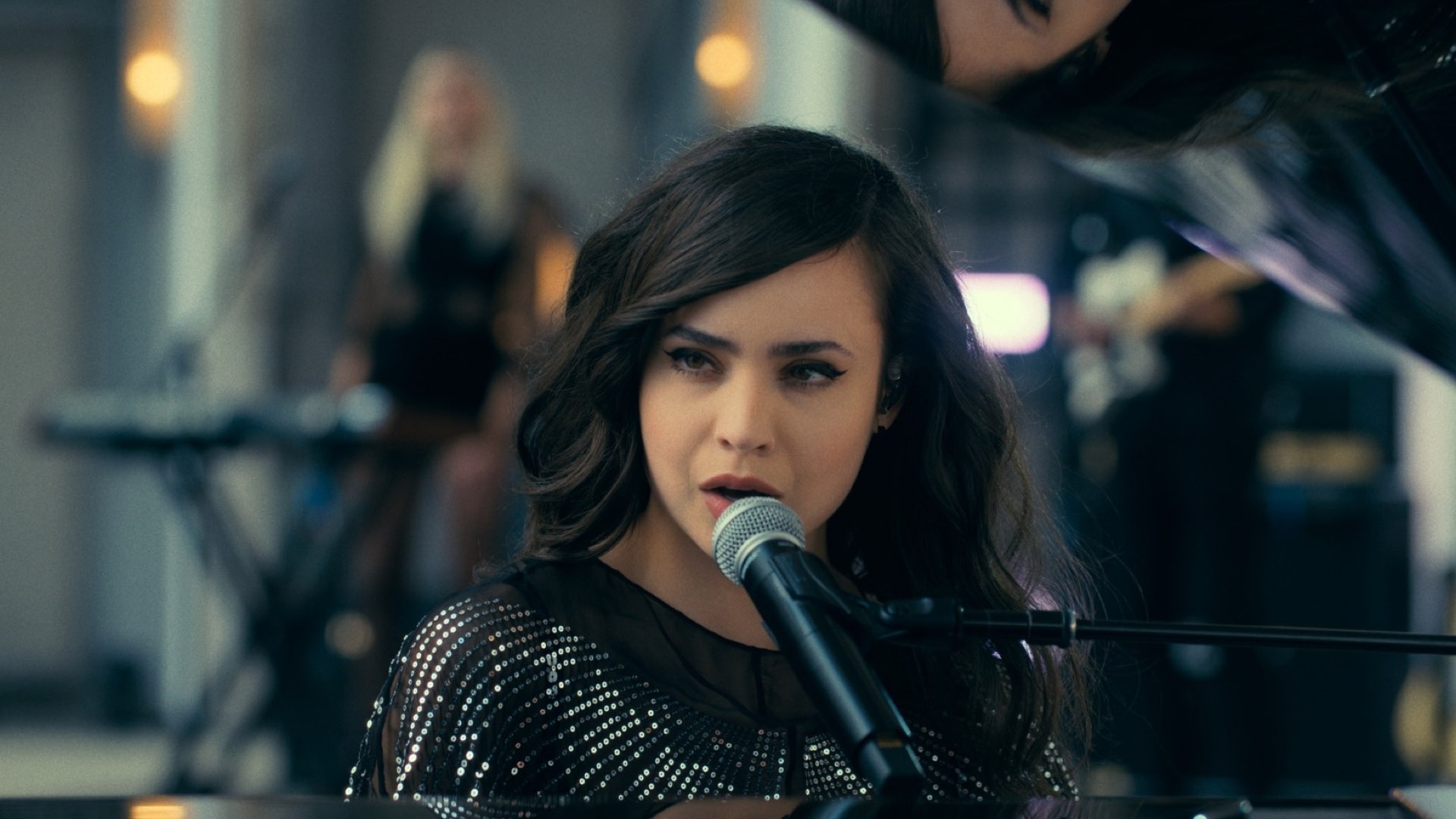
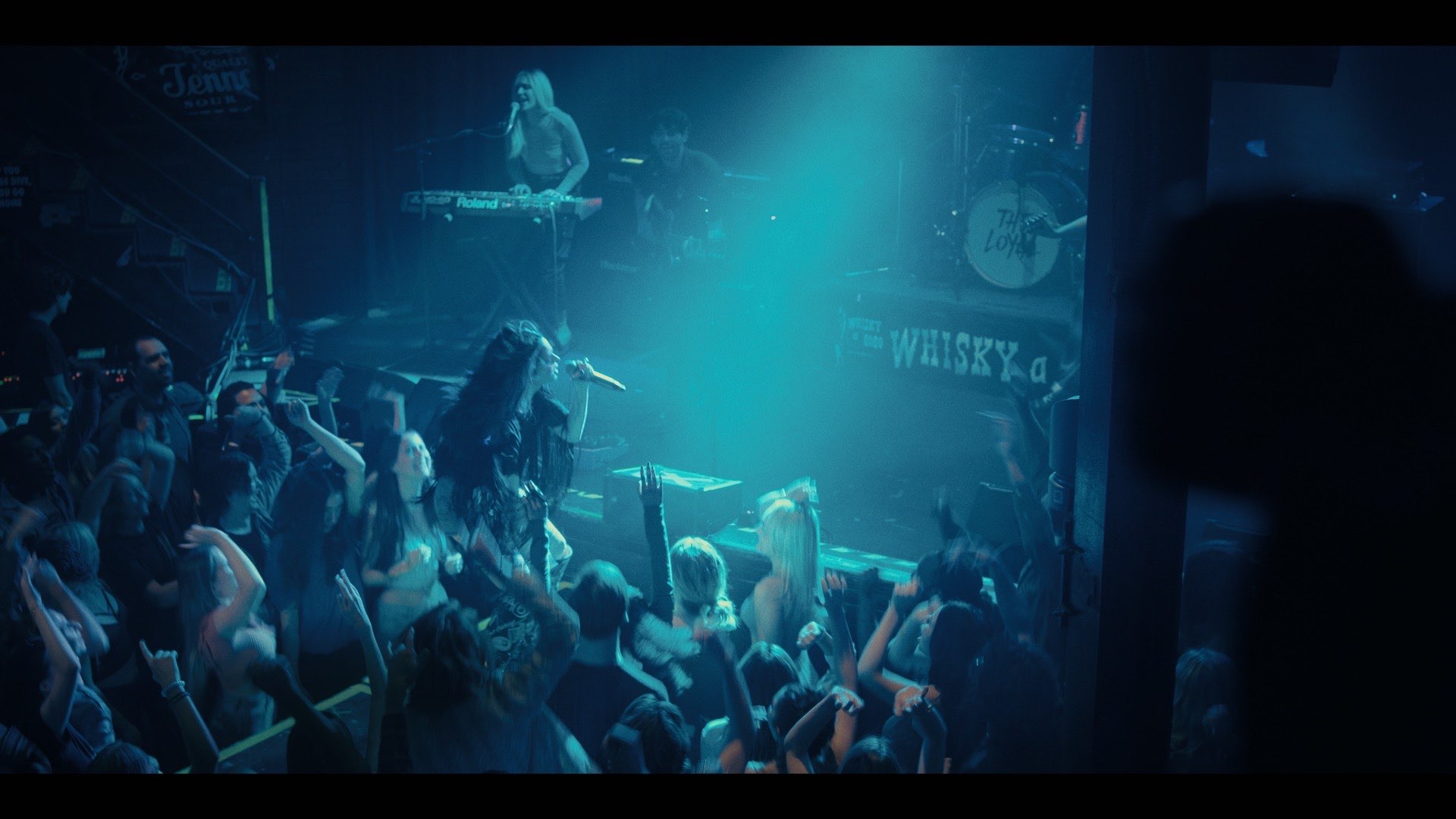
We’re so used to calling cut and action on a movie set, but when you are documenting an event in real-time, your instincts kick in and you default back to your planning.
X-OCN 6K as the main codec
YMCinema: Please elaborate on the codecs used to shoot the project, and why did you choose to use them?
Matt: We shot XOCN ST at 6K 17×9, cropped to 2:1 on the film. We felt the ST compression delivered all the needed data while still finding a balance with our post-production pipeline and storage. We shot one Iraq patrol sequence at 6400iso 360 shutter and wide open in full moonlight. There was a fire in California at the time where the smoke concealed the moon in an amber cloud. It looked like a sun from another world. The tone was right for the scene, so we decided to shoot it with only the moonlight. Those images from this sequence are some of the most technically impressive accomplishments I’ve seen in a sensor.
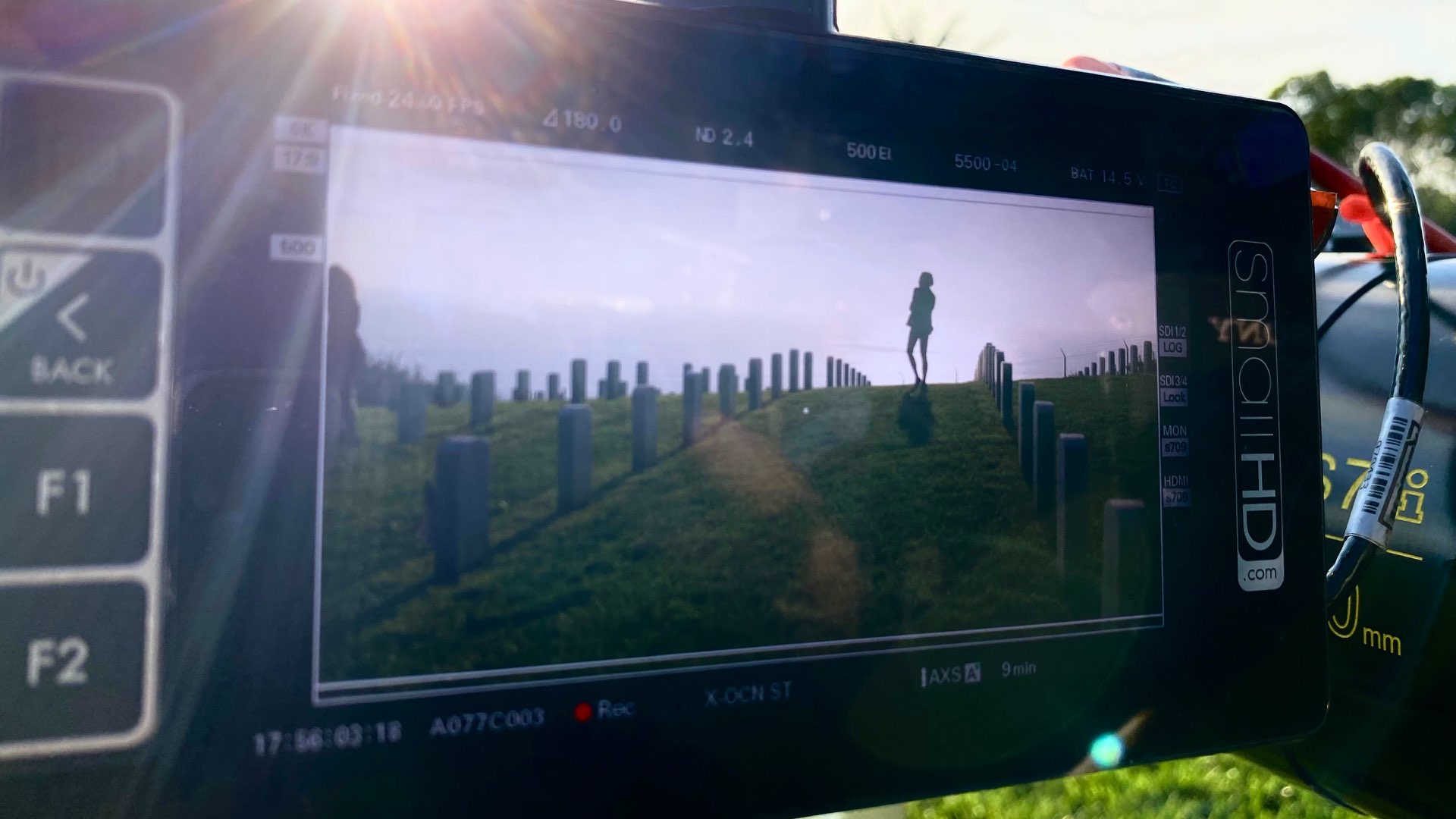
We shot XOCN ST at 6K 17×9, cropped to 2:1 on the film. We felt the ST compression delivered all the needed data while still finding a balance with our post-production pipeline and storage.
Color grading
YMCinema: Color grading was a major process in this project. Please explain the color palettes used to describe Cassie’s and Luke’s worlds.
Matt: Jill Bogdanowicz was the senior supervising colorist who helped us create a shooting LUT, and Bryan Smaller colored the film from start to finish. The film is a story about conflicting emotions, so I had the idea to echo the theme practically by designing a color arc that narrowed the film’s internal conflicts. My plan staged the film’s first act in mixed, conflicted light sources with different color hues and tints. This theme resembled both Cassie and Luke’s internal conflicts. As the characters accept the human connection, the mixed colors merge to form a continuous full spectrum of light represented by the sun. When Luke and Cassie confess truthfully to each other in the end, they embrace the sun confidently and honestly, which they have been hiding from throughout the film. I tried to show sunlight hints in specific scenes related to the arc of the two characters coming together. Designing this concept required corporation with the weather, and we had to schedule accordingly.
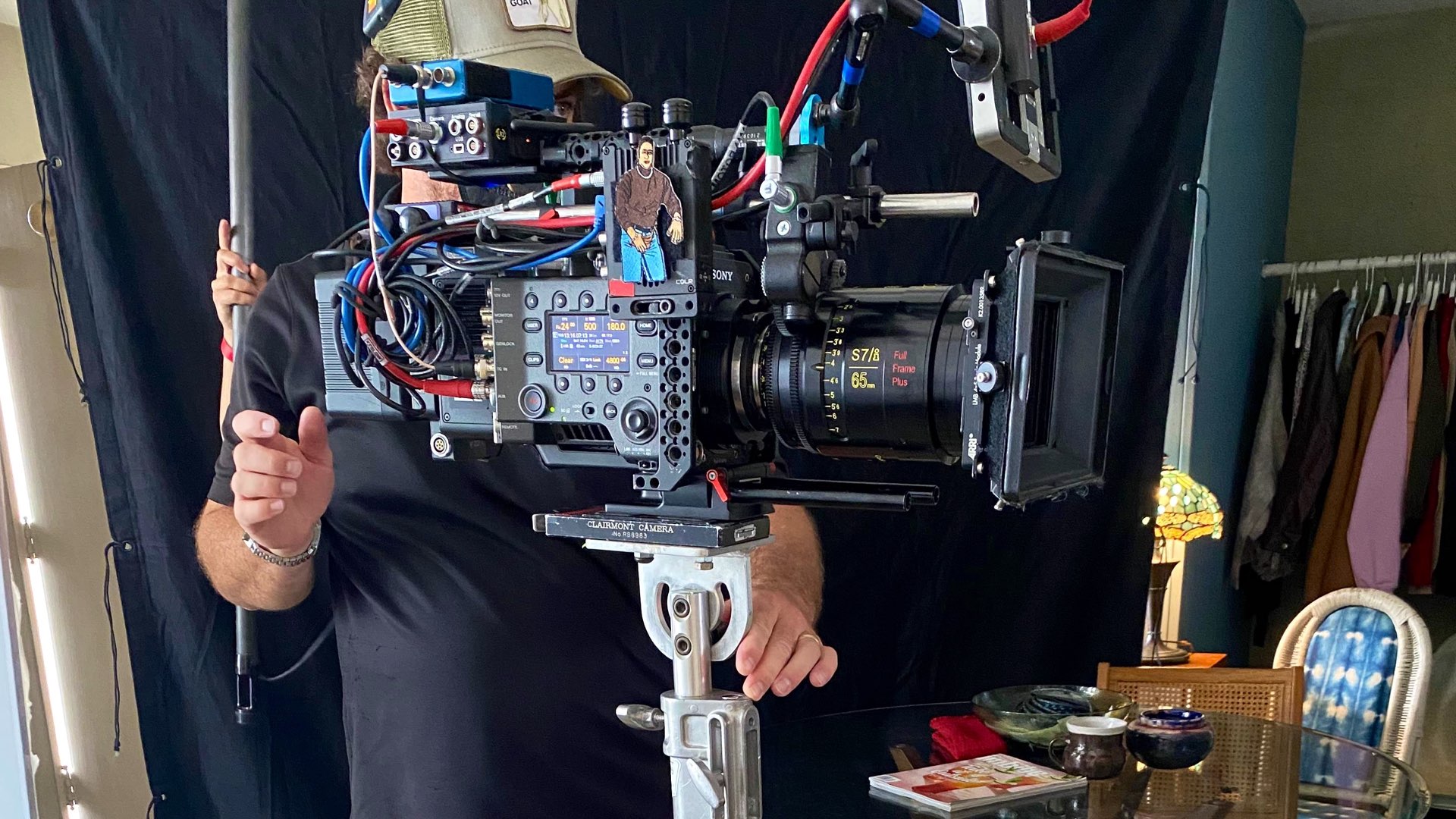
The film is a story about conflicting emotions, so I had the idea to echo the theme practically by designing a color arc that narrowed the film’s internal conflicts.
From handheld to 50ft techno crane
YMCinema: Educate the readers on the camera rigs utilized in the project (cranes, handheld…).
Matt: The style of Purple Hearts was about being connected to the characters. We wanted to be in the middle of the actor’s conflicts and emotions. This translated to a lot of handheld camera work. During rehearsals, we would block with the actors and move like it was choreography. In addition to the handheld work, we used Steadicam, dolly, and a 50ft techno. Dennis Noyse, our Steadicam operator, has a modular rig Shaw in steroids. It’s fully adjustable, and we used it instead of a dolly and track at times.
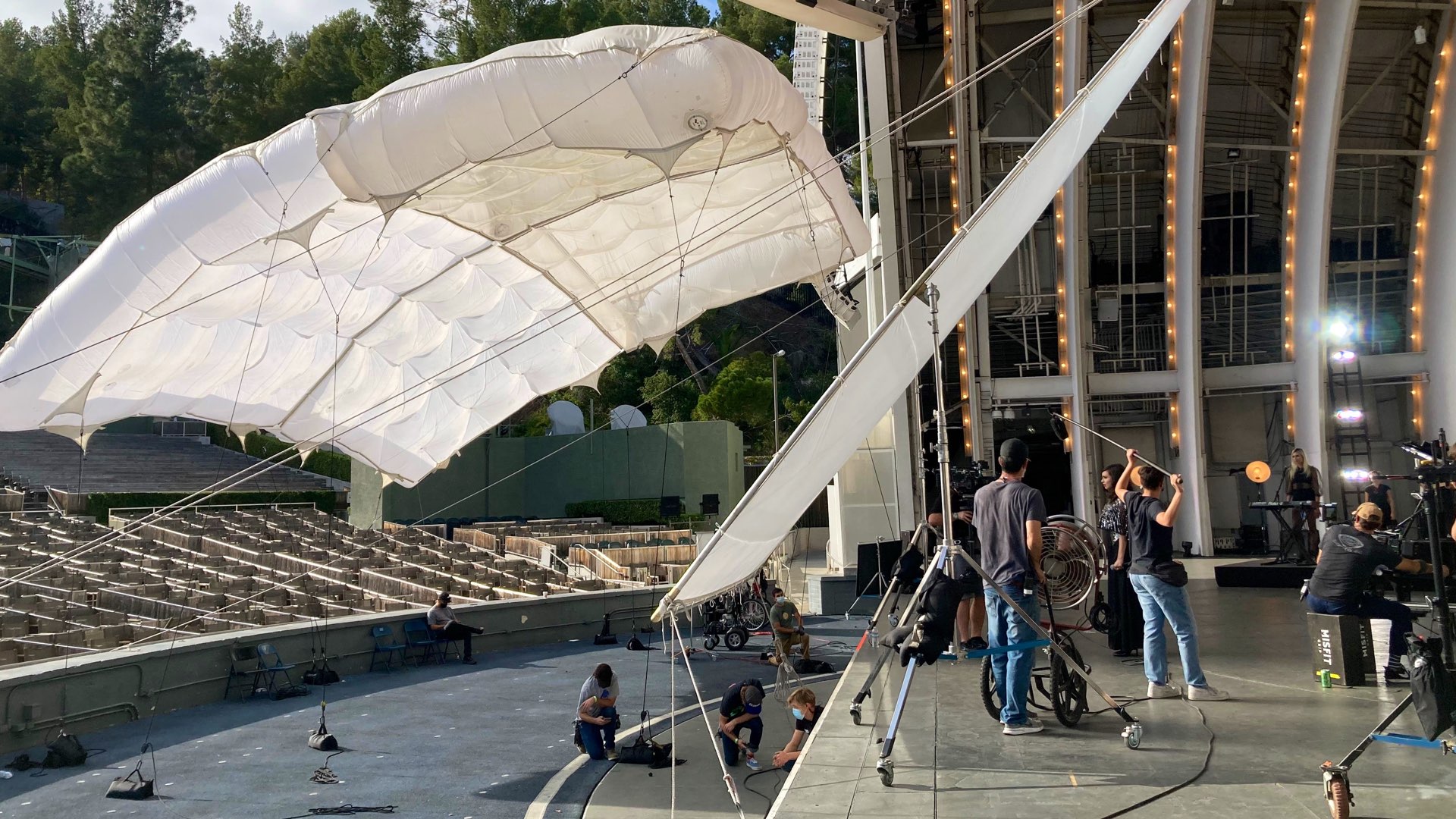
In addition to the handheld work, we used Steadicam, dolly, and a 50ft techno.
Working with Netflix
YMCinema: What’s it like to shoot a Netflix Original? How much does Netflix is involved in the actual production?
Matt: All our conversations with our production team at Netflix were extremely supportive. We welcomed their notes and feedback. I felt they gave us a lot of freedom and trusted the decisions we would make during production. Netflix requires specific technical speciation on its projection. The capture format needed to be 4k or above. We also had to deliver an HDR Master. Coloring the HDR output of the film with Bryan Smaller was the best experience I’ve ever had coloring HDR. We created 300, 600, and 1000 NIT container LUTs that would specifically adjust the trace of an image so that only a specific area of the picture engaged the HDR levels. We tried to leave most of the image in SRD and feature bright areas in the frame, like skies and practicals in HDR levels. This technique helped me decide which shots needed more dynamic with brighter levels to creatively select elements in the image that needed additional range.
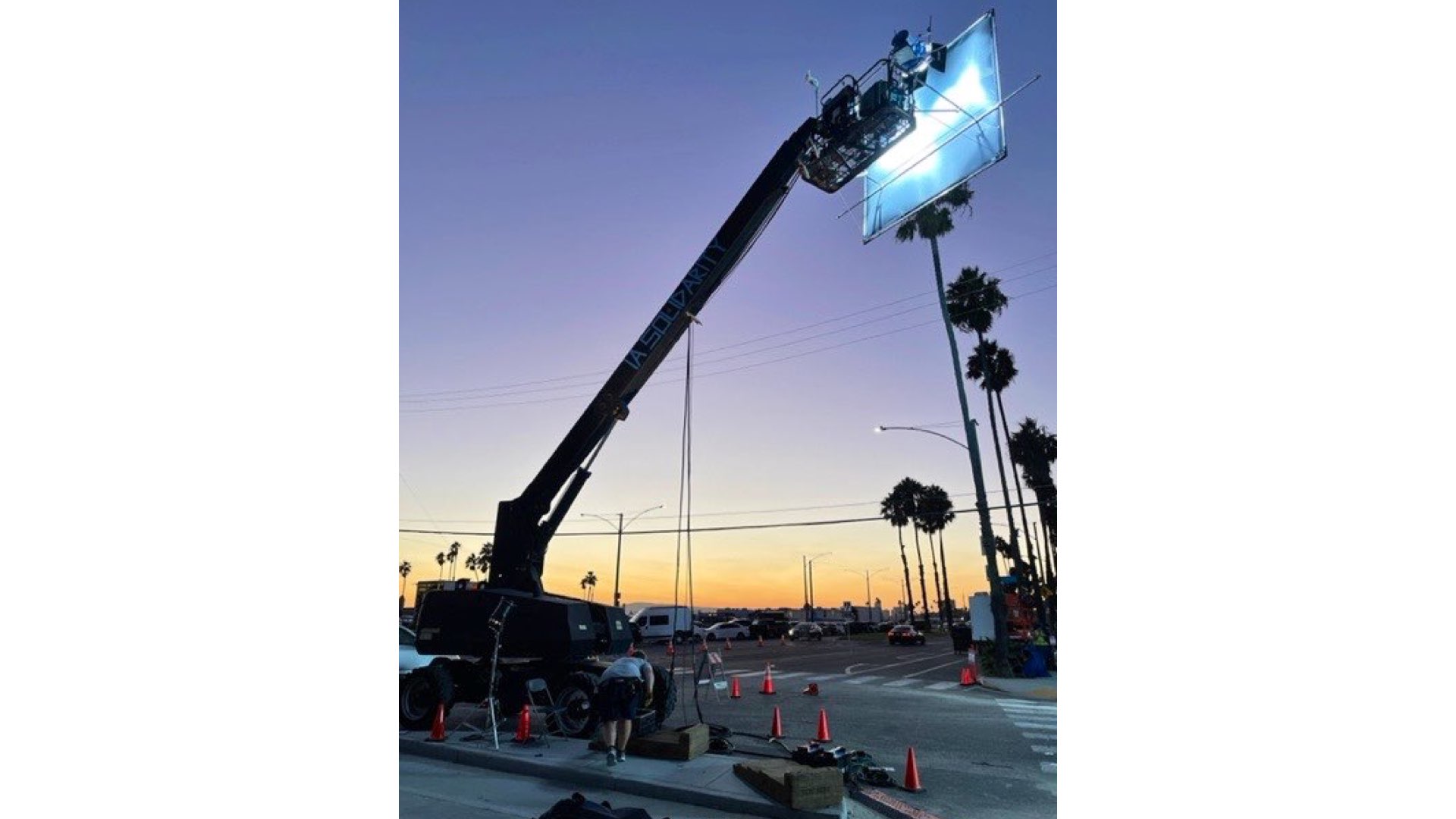
Netflix requires specific technical speciation on its projection. The capture format needed to be 4k or above. We also had to deliver an HDR Master.
Pitching ideas
YMCinema: As a cinematographer, how can you reach out to shoot for Netflix?
Matt: Elizabeth had been developing the script and shared it with me when we were in post on Sneakerella. I decided I wanted to pitch the project as if we didn’t have any prior work history to make sure my ideas were the right fit. In the interview with all the producers on zoom, I created a presentation with text and images describing what concepts and ideas I would bring to the project. I’ve been asked to present lookbooks more frequently when interviewing on zoom post-pandemic. I think it’s extremely valuable for cinematographers to pitch their ideas successfully as we’re kind of like salespeople and our ideas and photography are the product.
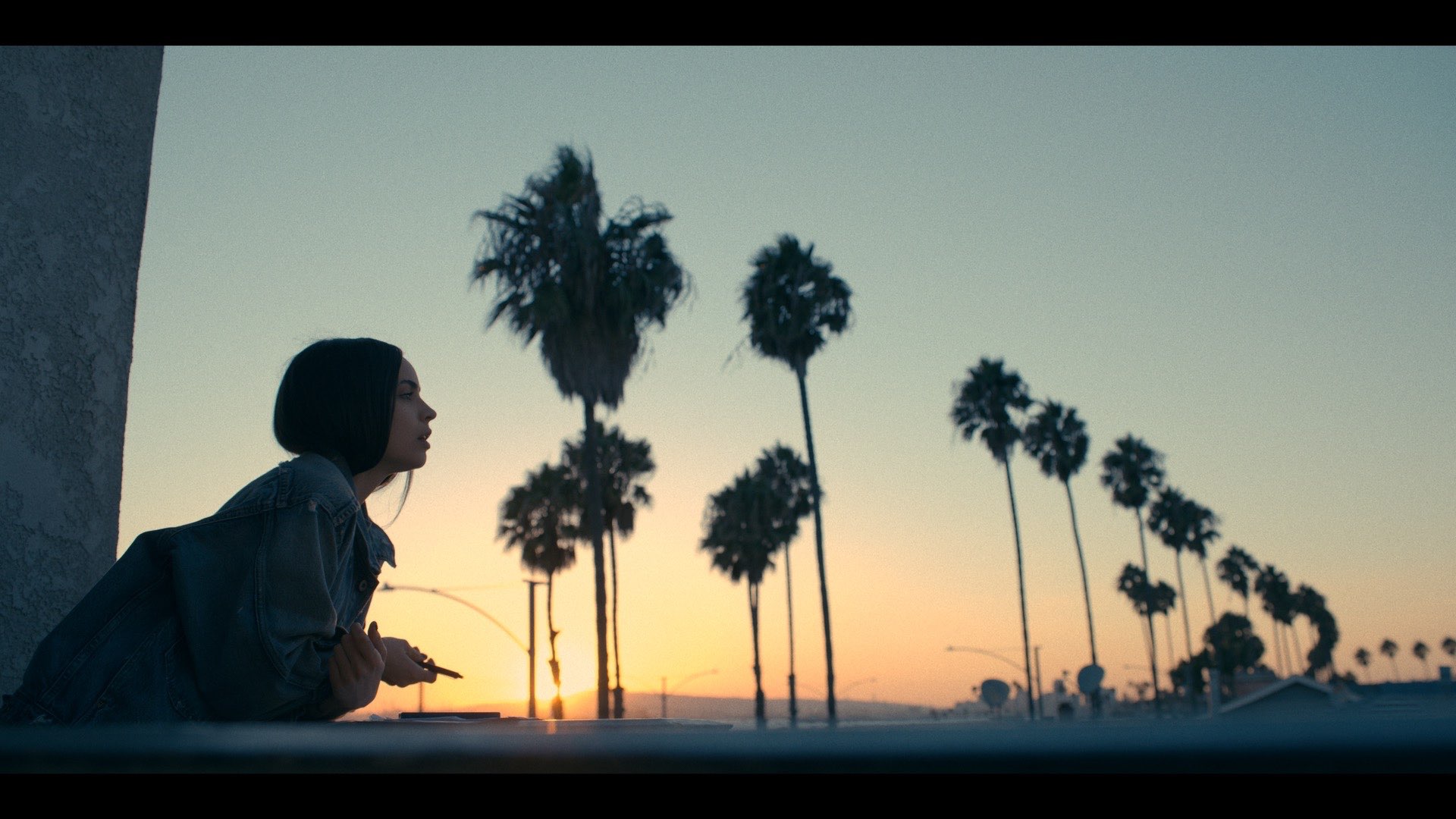
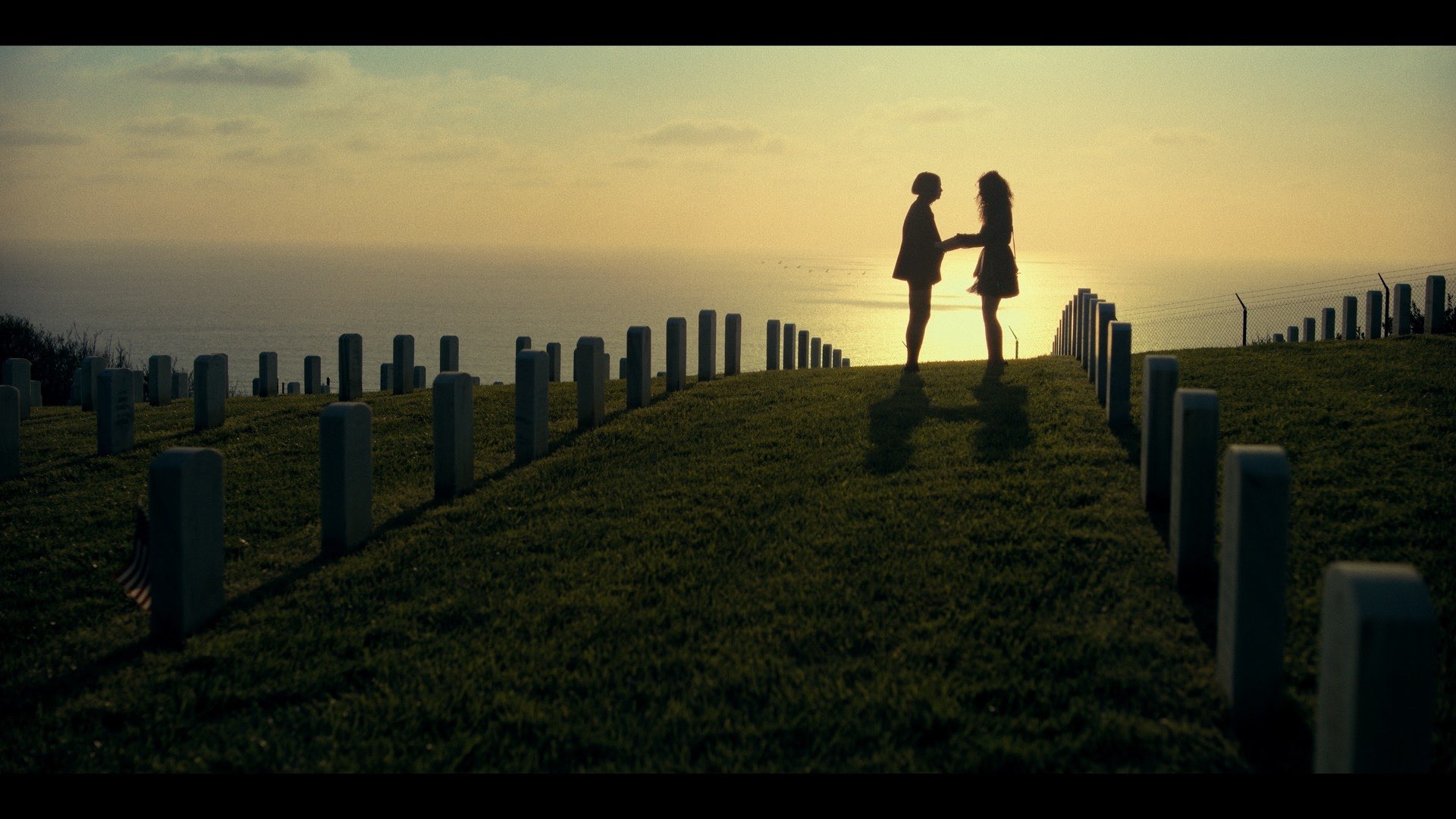
The most important advice anyone has ever given me is to know when to stop lighting. Technically, over-lighting can destroy the mood of a scene.
Tips & tricks
YMCinema: What did you learn from this project to be implemented on your next project?
Matt: The most important advice anyone has ever given me is to know when to stop lighting. Technically, over-lighting can destroy the mood of a scene. When you find out scenes are missing something dynamic, it helps to start turning lights back off until you find the structure of a shot. As a manager, you need to know when to stop lighting. Once you tell an AD you’re ready, and actors come to set, it’s time to give the set to the actors and director. I’ve always felt it’s extremely distracting for cast and directors to try to work while the crew makes big adjustments. I like to be honest with my time estimates and step away once the cast arrives.
Gift for filmmakers
- Y.M.CINEMA 65 – Stainless steel art piece of 65mm motion picture camera

